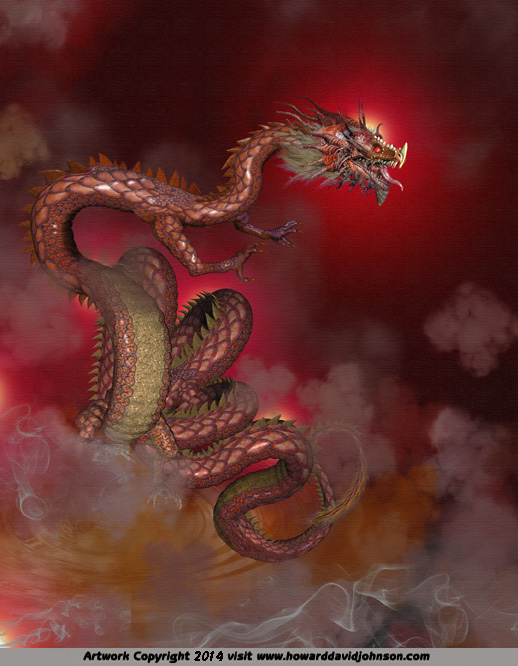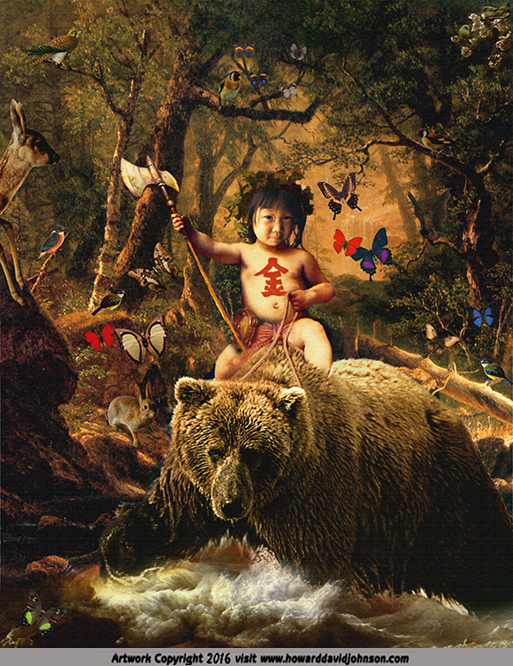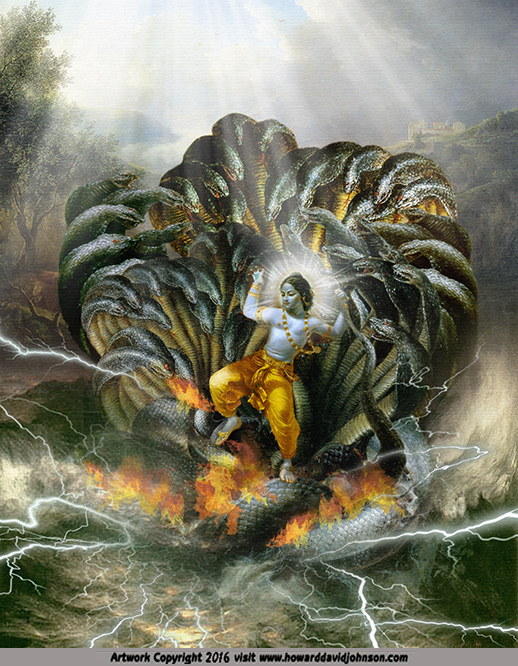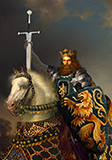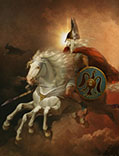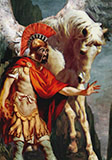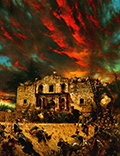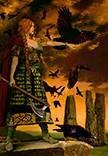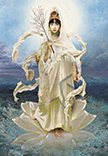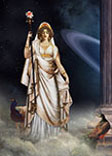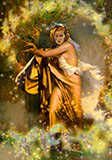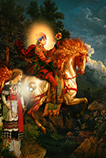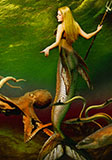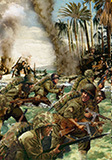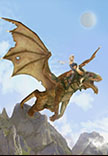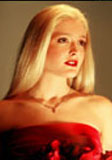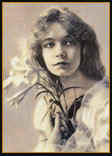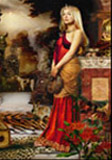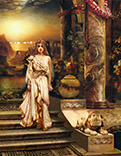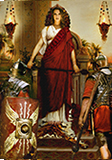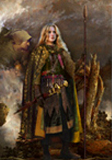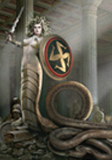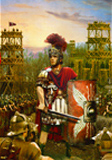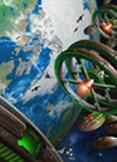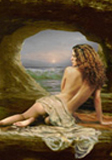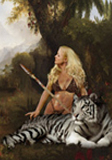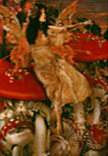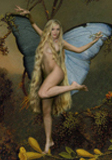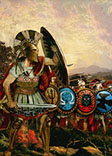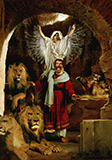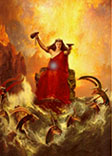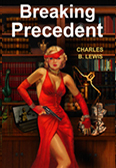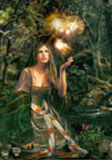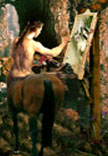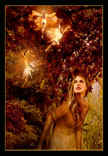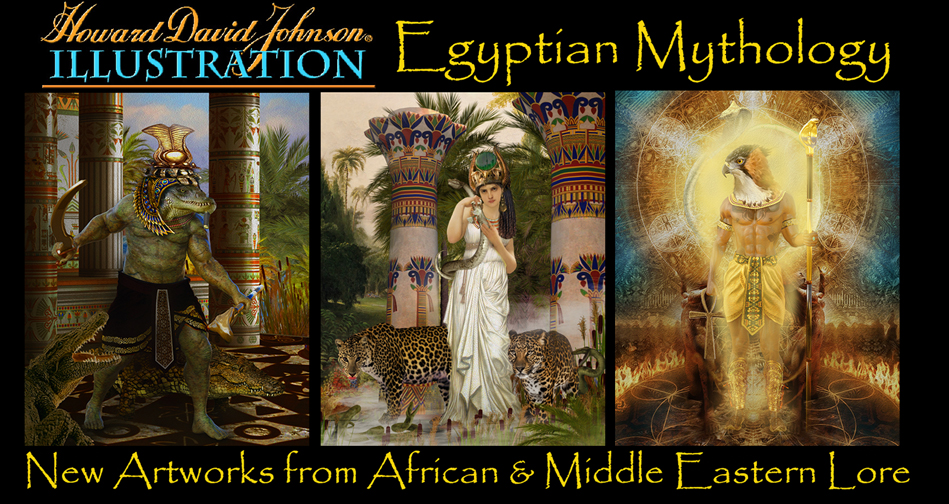|
This
website has been honored by more than 35 million unique visitors
from the
Four Corners of the Earth:
My Friends from around the world thus far :
Japan, South
Korea, China,
Viet Nam, Macau,
Mongolia, Mauritius, Singapore, Thailand, Cambodia,
Laos, Myanmar,
Macau, Malaysia, Taiwan, Nuie, New
Zealand, Fiji,
Cook Islands, New Caledonia, Vanuatu, American
Samoa, Australia,
Micronesia, Polynesia, Papua New Guinea, The Heard
and McDonald Islands,
The Philippines, Guam, Palau, Cocos Island, England,
Canada, Scotland, Wales,
Ireland, Germany,
France,
Monaco, Andorra, Italy, The Vatican
City State,
Greece, Macedonia, Cyprus, Turkey,
Belgium, Denmark,
The Faroe Islands, Greenland, Yugoslavia,
Macedonia, Croatia,
The Czech Republic, Bosnia, Herzegovina,
Slovakia,
Slovenia, Luxembourg, Latvia, Estonia, Hungary,
Bulgaria,
Lithuania, Poland, Austria, Romania,
Spain, The Russian Federation, Estonia,
Ukraine, Kazakhstan, Moldova,
Malta, Iceland, Finland, Norway,
Netherlands,
Switzerland, Liechtenstein, Sweden, Portugal,
Albania, Armenia, Georgia, Slovak Republic,
Azerbaijan, Belarus, Kazakhstan, Gibraltar,
Israel,
Palestinian Territories, Egypt, Libya,
Mali, Algeria,
Niger, Saudi Arabia, Oman, The United Arab
Emirates, Kuwait,
Bahrain, Qatar, Yemen, Iraq, Iran,
Jordan, Syria,
Lebanon, Morocco, Ethiopia,
Eritrea, Liberia,
The Republic of Congo, Rwanda, Kenya,
Angola, Ghana, The Ivory Coast,
Zambia, Zimbabwe, Sudan,
Nigeria, Namibia, Sudan, Uganda, Kenya,
Eritrea,
Tanzania, Botswana, Malawi, Senegal, Djibouti,
Cameroon,
Chad, Gambia, Mozambique, Swaziland,
Lesotho, South Africa,
Seychelles, The Kingdom of Tonga,
Malaysia, Brunei Darussalem, India,
Pakistan, Afghanistan, Bhutan,
Bangladesh, Sri Lanka, Chagos Islands, The Republic
of Maldives,
Turkmenistan, Kyrgyzstan, Uzbekistan,
Tadjikistan, Nepal, Indonesia,
Chile, Argentina, Uruguay, Paraguay,
Brazil, Peru,
Aruba, Venezuela, Bolivia, Suriname, Guyana,
Aruba,
The Dominican Republic, Guatemala, Costa Rica,
Colombia, Trinidad and Tobago, Antigua and
Barbuda, Barbados,
The Virgin Islands, Saint Lucia, The Netherlands
Antilles, Panama, Saint Vincent & Grenadines, Grenada,
Ecuador,
Belize, Nicaragua, El Salvador,
Bermuda, Cuba,
Jamaica, Dominica, Haiti, Puerto Rico, Cayman
Islands, Anguilla, The
Bahamas, Honduras,
Mexico,
Madagascar, Central African Republic, Ethiopia,
Gabon,
San Marino, Saint Kitts & Nevis Anguilla,
Azerbaidjan, Burkina Faso, Equatorial
Guinea, Polynesia, Madagascar,
Mauritania, Burundi, and my home, The Great
Free State of
Idaho (USA)...
If your home is
not listed here please
e-mail and tell us where you're from...
info@howarddavidjohnson.com
We love hearing
from you! Your business, letters & links are
always welcome. E-mail for courteous service...
|
FREE ART
LESSONS
& PAID PERSONAL
INSTRUCTION
Five pages of free art lessons are provided
free of charge to aspiring artists. Click on Helen of Troy for
links to them. After you have seen them, if you would like to still
learn more of his art techniques - personal instruction is available.
Although portraiture is essential to quality realistic
illustration, it is not the primary focus of our school, but rather to
teach everything needed for you to produce good visual story telling
art or dramatic illustrative portraits. Hence the name: The Brandywine
School of ILLUSTRATIVE ART...
Click
on "Helen of Troy" for more...
|
 |
| (
These lessons are jam packed with unpublished huge - easy to study
12x18 images by the artist) |







Thank
You For Visiting the Asian Myths & Legends Art page of Howard David
Johnson...
info@howarddavidjohnson.com
Your business,
letters & links are always welcome.
*****

Look
for more Asian myths and legends art - More Japanese Mythology - Korean
Mythology - & Chinese Mythology - Coming soon...
|
